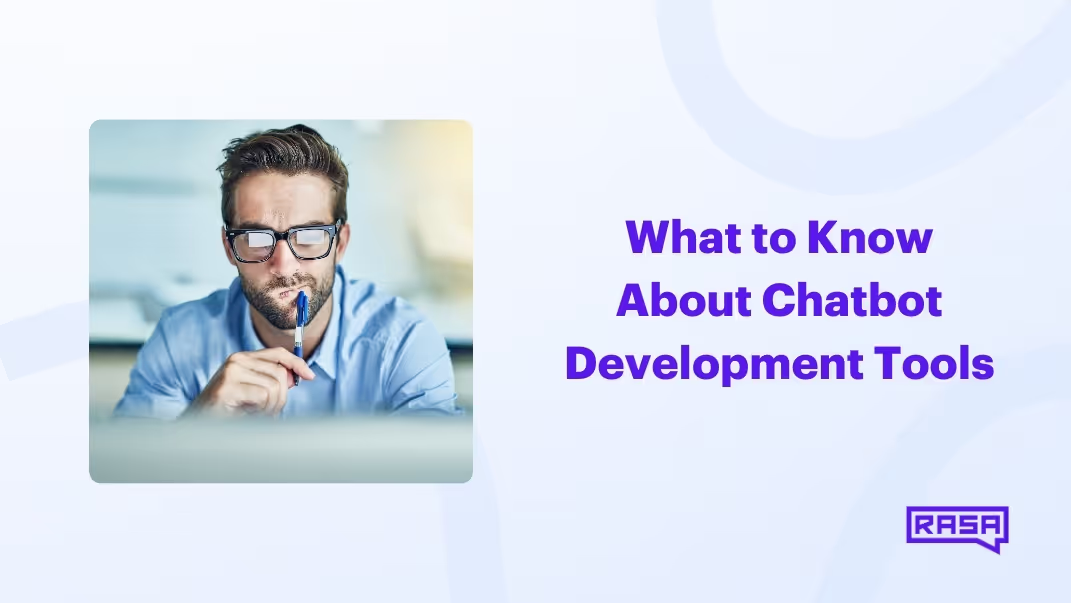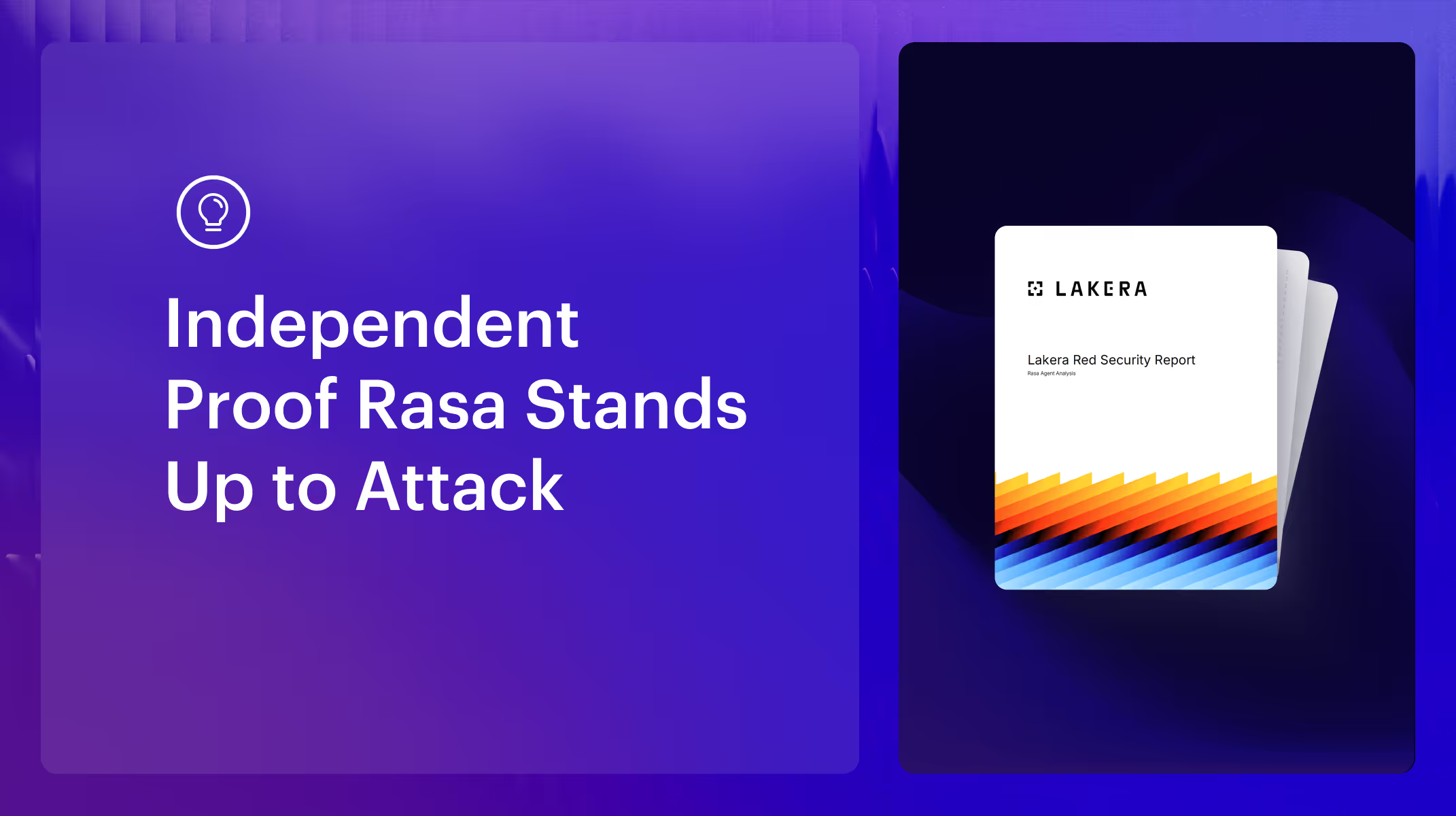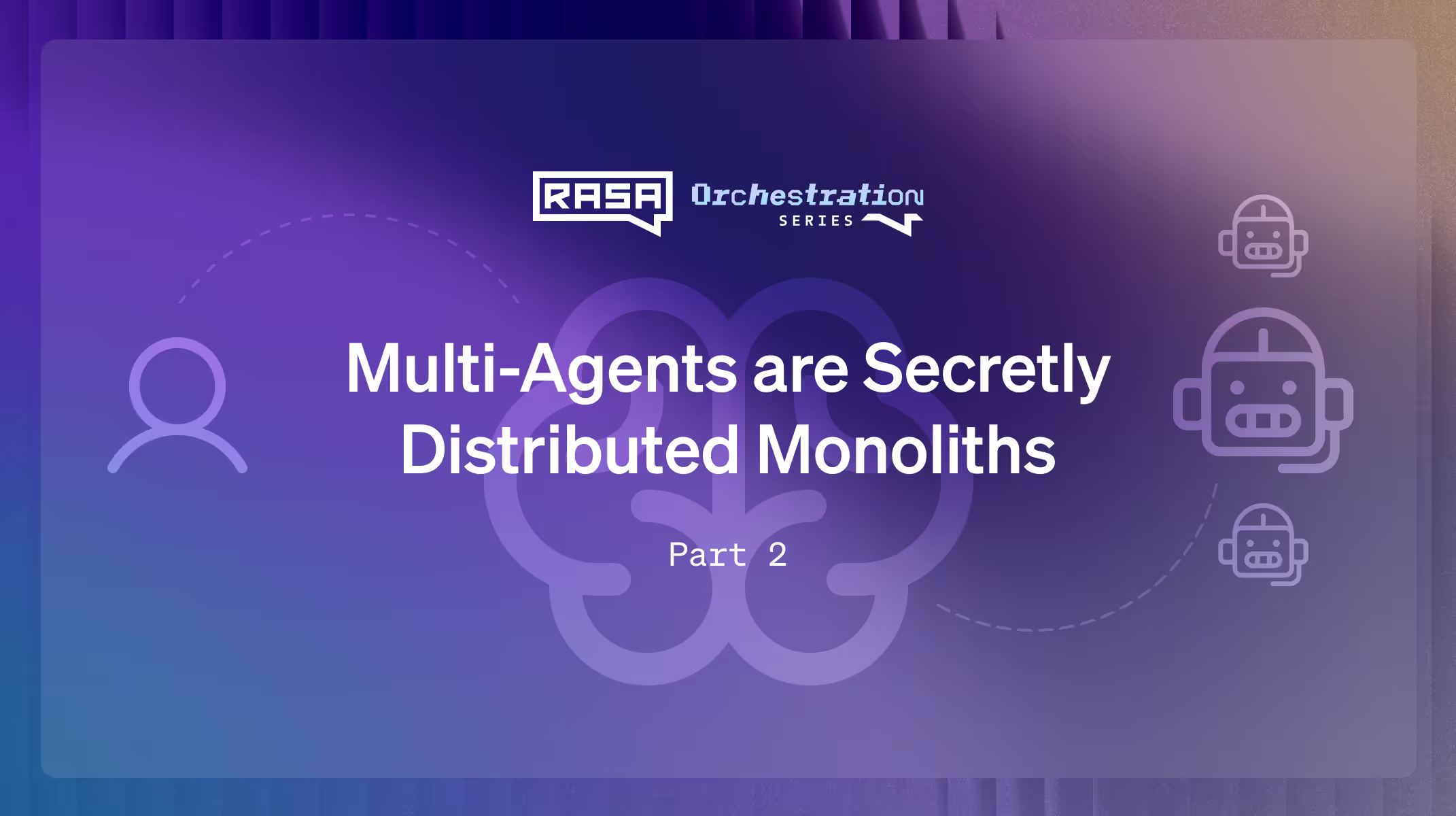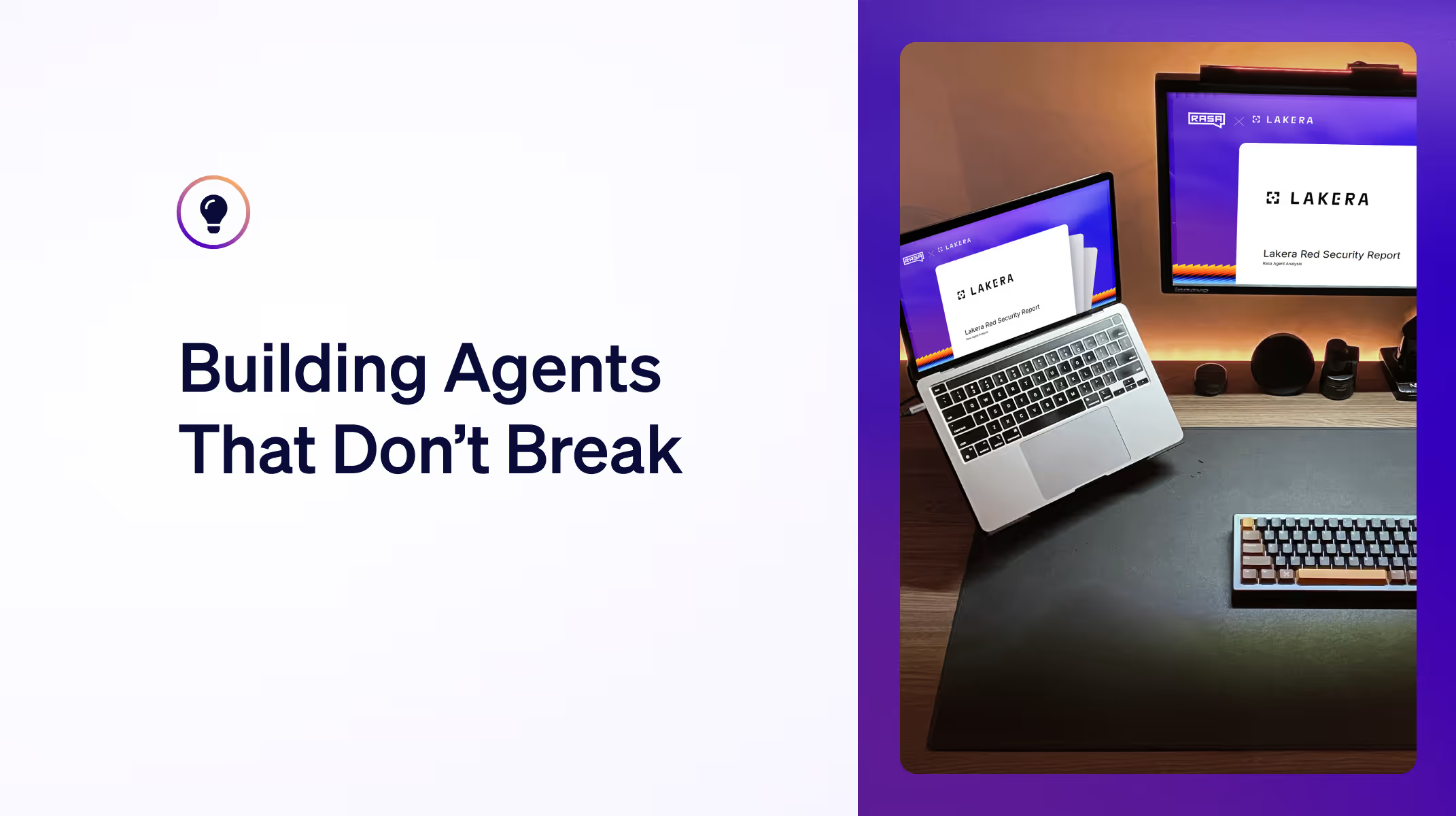Chatbot development tools help organizations build artificial intelligence (AI) assistants that enhance customer engagement, streamline workflows, and drive automation. The right tool can mean the difference between a rigid, scripted bot and a dynamic AI assistant capable of handling complex user interactions. But with so many options available, how do businesses decide which tool best fits their needs?
This guide breaks down chatbot development tools, their key features, and how enterprises can choose the right messaging solution. Whether you’re looking for a simple rule-based chatbot or a highly intelligent AI-powered assistant, understanding the capabilities of these tools will help you make an informed decision.

What Are Chatbot Development Tools?
Chatbot development tools are software frameworks or messaging platforms that help businesses build, deploy, and manage chatbots efficiently. These tools provide the infrastructure to create conversational AI virtual assistants that automate interactions, streamline customer support, and integrate with enterprise systems.
By using chatbot development tools, organizations can:
- Automate processes: Reduce manual workloads by enabling chatbots to handle specific needs, including inquiries, process transactions, and guide users through workflows.
- Integrate systems: Connect chatbots with CRMs, ERPs, ticketing systems, and other enterprise applications to pull relevant data and provide real-time assistance.
A well-chosen chatbot development tool empowers enterprises to create intelligent AI assistants that enhance customer experience, improve efficiency, and scale with business needs.
Key Features of Chatbot Development Tools
Choosing the right chatbot development tool goes beyond basic functionality-it’s about ensuring the platform can meet enterprise needs now and in the future. The best tools provide adaptability, scalability, usability, and security, allowing businesses to build assistants that enhance customer experiences while maintaining operational efficiency.
For example, banking enterprises need AI assistants that securely handle transactions, fraud detection, and compliance workflows. Telecommunications companies require bots that manage billing inquiries, troubleshoot technical issues, and reduce call center load. Retail businesses use AI-driven assistants for personalized product recommendations, order tracking, and customer support. The right tool should enable these capabilities while integrating with internal systems, maintaining compliance, and ensuring seamless user interactions.
Customizability
Chatbot development tools should offer flexibility to meet specific business needs through integrations, conversation flows, or AI behavior. A customizable tool ensures that chatbots can support complex enterprise operations while adapting as requirements evolve.
- Flexible conversation flows: Adapt chatbots to handle industry-specific use cases, from financial transactions to IT support requests.
- AI agent fine-tuning: Modify the assistant’s behavior using business-specific data to improve accuracy and relevance.
- Role-based access control: Assign different permissions to developers, business users, and support teams for streamlined collaboration.
- Custom business logic: Ensure chatbots follow company-specific workflows, automating approvals, escalations, and compliance checks.
Scalability
As businesses grow, chatbot interactions increase, requiring tools to handle rising demands without performance degradation. Scalability includes:
- High-volume support: Manage thousands to millions of interactions without latency issues.
- Multilingual capabilities: Expand to global markets by enabling language detection and translation.
- Cross-channel deployment: Deploy AI assistants across web, mobile, social media, voice interfaces, and other multimodal environments, ensuring seamless interactions across text and speech-based channels.
Ease of Use
Enterprise chatbot development often involves both technical and non-technical teams. The right tool should provide user-friendly:
- No-code user interface: Empower business users to build and modify chatbot flows without programming knowledge.
- Pro-code flexibility: Enable developers to extend functionality using APIs, SDKs, and scripting.
- Hybrid workflows: Allow collaboration between designers, product managers, and developers in a unified workspace.
Security and Compliance
Data security and regulatory compliance are critical, especially in industries like BFSI, healthcare, and government. Enterprise-ready tools should include:
- On-premise and private cloud deployment: Ensure sensitive data remains within the organization’s control.
- End-to-end encryption: Protect customer conversations and transactions from unauthorized access.
- Regulatory compliance: Support frameworks like GDPR, HIPAA, and PCI DSS to meet industry standards.

Types of Chatbot Development Tools
Chatbot development tools fall into two main categories: rule-based and AI-based. Each serves different business needs and offers varying adaptability, intelligence, and scalability levels.
Rule-Based Chatbot Tools
Rule-based chatbots follow predefined scripts and decision trees. They work well for structured interactions but lack the flexibility to handle dynamic, unstructured conversations.
- Best for: Simple workflows like FAQs, appointment scheduling, and basic customer service.
- How they work: They use keyword matching or button-based navigation to guide users through a conversation.
- Limitations: They struggle with ambiguous queries, multi-turn interactions, and adapting to changing user input.
AI-Powered Chatbot Tools
AI-powered chatbots leverage natural language processing (NLP), natural language understanding (NLU), machine learning (ML), and generative AI to provide more dynamic and context-aware interactions. These chatbots can understand intent, maintain conversation history, and adapt responses based on user behavior.
- Best for: Enterprises that require intelligent, custom chatbots for customer service, e-commerce, lead generation, IT support, and more.
- How they work: They process user input, retrieve relevant information from integrated systems, and generate responses that feel more natural.
- Advantages: Handle complex workflows, support multiple languages, and improve through AI learning mechanisms over time.
Why Rule-Based Chatbot Tools Aren’t Always the Best Choice
Rule-based chatbots offer some advantages, especially for businesses that need quick, structured automation. However, they often lack the flexibility enterprises require.
Benefits of rule-based chatbots:
- Simple setup: No need for advanced AI training, making them easy to deploy.
- Cost-effective for basic needs: Works well for small businesses or companies with limited chatbot use cases.
- Minimal technical expertise required: Can be managed without extensive developer involvement.
Limitations of rule-based chatbots:
- Rigid interactions: Users must follow predefined conversation paths, making interactions feel robotic.
- Struggle with complex queries: Cannot process natural language input effectively, leading to frustration when users phrase questions unexpectedly.
- Not scalable for enterprise needs: Managing a rule-based chatbot across thousands of conversations or multiple teams becomes inefficient.
AI-powered chatbots offer a better long-term solution for organizations that require more adaptability, efficiency, and intelligence.
AI-Powered Tools for Enterprise-Grade Chatbots
With advanced AI model algorithms, AI-powered chatbot builders bridge the gap between automation and human-like conversations.
Advantages of AI-powered chatbots:
- Multi-turn conversation handling: AI can process follow-ups, context shifts, and clarifications without losing track of user intent.
- Enterprise integration: Seamlessly connect with internal systems like CRMs, ERPs, and support platforms to pull relevant real-time data.
- Personalization: AI-driven responses adapt based on customer history and engagement trends.
- Scalability: Unlike rule-based bots, AI-powered assistants can handle thousands of interactions simultaneously while continuously improving.
AI-powered chatbot development tools give enterprises greater control, efficiency, and adaptability, ensuring that AI-driven assistants can scale alongside business growth.
How to Choose the Right Chatbot Development Tool
Selecting the right chatbot development tool requires aligning with business objectives, technical infrastructure, and long-term scalability needs. Below are key factors to consider.
Align Chatbot Features with Your Business Goals
A chatbot should serve a strategic function within your organization. Defining objectives ensures the right tool is chosen.
- Customer satisfaction: AI-powered tools should offer natural conversations, contextual understanding, and personalized interactions to improve user experience.
- Operational efficiency: Automating workflows and reducing support costs requires seamless integration with internal systems and self-service capabilities.
- Revenue growth: Sales-driven chatbots need lead nurturing, proactive engagement, and dynamic product recommendations to convert users into customers.
- Internal process automation: Enterprises looking to streamline internal operations should consider chatbots that assist with IT support, HR inquiries, and knowledge retrieval.
Evaluate Technical Compatibility with Your Existing Systems
A chatbot should work effortlessly within your current enterprise ecosystem. Key considerations include:
- CRM and ERP integration: Ensure the chatbot can connect with Salesforce, HubSpot, SAP, or other enterprise platforms for real-time data exchange.
- APIs and extensibility: Look for tools that support custom integrations and flexible API connections to adapt to changing business needs.
- Database connectivity: If the chatbot needs access to structured or unstructured data, verify that it can retrieve, process, and update records without friction.
- AI model flexibility: Choose a tool that supports LLM-agnosticism, enabling easy switching between AI providers without vendor lock-in.
Ensure Scalability for Growing Enterprise Needs
Enterprises require chatbot solutions that can expand as their business evolves. Scalability factors include:
- Handling high interaction volumes: The platform should process thousands of concurrent conversations without performance degradation.
- Multi-language capabilities: Multilingual capabilities should be a built-in feature to support global markets.
- Infrastructure scaling: Cloud-based solutions should offer elastic scaling, while on-prem deployments must support horizontal scaling.
Prioritize Security and Compliance for Regulated Industries
Data security is non-negotiable for industries like finance, healthcare, and government. When evaluating chatbot tools, look for:
- On-premise deployment: Keeps data under full enterprise control, reducing reliance on third-party storage.
- User authentication and access controls: For added security, tools should support role-based access (RBAC) and multi-factor authentication (MFA).
- Regulatory compliance: Choose a solution that meets GDPR, HIPAA, PCI DSS, or other industry-specific regulations.
Weigh Total Cost of Ownership Against Potential ROI
Beyond licensing fees, businesses must assess the total cost of chatbot ownership over time.
- Licensing and subscription fees: Compare one-time purchases and tiered subscription models for cost predictability.
- Maintenance and support: Factor in developer resources, infrastructure costs, and ongoing vendor support fees.
- Customization costs: Some tools require additional spending for integrations, API access, or advanced AI training.
- Infrastructure expenses: On-premise solutions require dedicated hardware and IT resources, while cloud-based models may incur variable costs based on usage.
- Scalability pricing: Some vendors charge per interaction, while others offer flat-rate pricing that grows with enterprise needs.
Build Better AI Chatbots with the Right Development Tools
The right development tools shape how AI assistants function, ensuring they meet business goals while remaining scalable and efficient. From customization to security, enterprises need solutions that integrate seamlessly with existing systems and evolve alongside their needs.
Rasa’s AI-powered platform delivers enterprise-grade conversational AI with full control, adaptability, and regulatory compliance. Our platform supports on-premise deployment for data security, LLM-powered automation, and multimodal interactions across text and voice.
Enterprises use Rasa to build assistants that handle complex workflows, repair conversations in real-time, and consistently apply business logic-whether for customer support, transaction processing, or internal automation.
Start building with Rasa today: Connect with our team.






